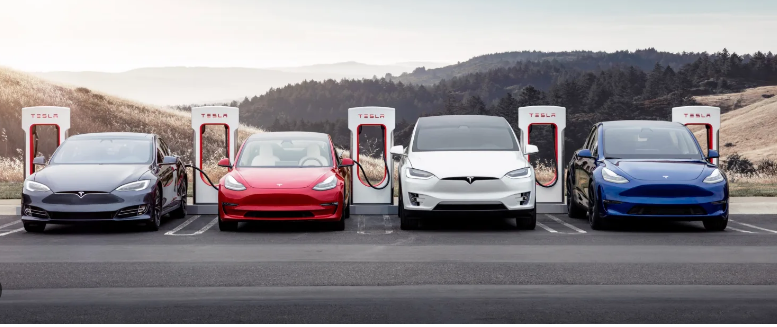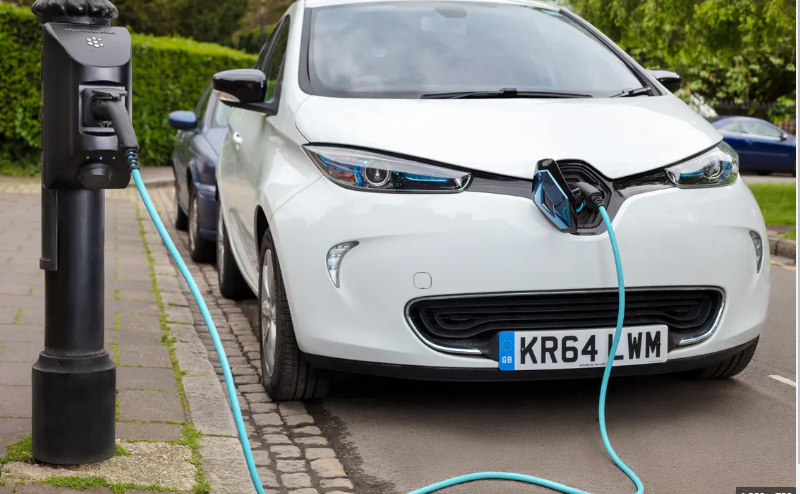|
Getting your Trinity Audio player ready...
|
Electric vehicles come in various shapes and sizes, from hybrids to pure EVs. Some are powered by batteries, while others run off fuel cells. The only thing they share in common is their ability to travel without burning fossil fuels. There are five main categories of electric cars: battery, plug-in hybrid, fuel cell, hydrogen fuel cell, and zero-emission vehicle.

Battery Electric Vehicle (BEV)
Also known as a BEV or an electric car, this type of vehicle has an onboard battery that stores energy created through the vehicle’s motor when it runs. This energy is then used to power the engine and also to provide electricity for things like lights and air conditioning. Once the battery has depleted, the driver can recharge it at any standard outlet. These cars have a limited range, typically between 80 and 100 miles per charge.
Plug-In Hybrid Electric Vehicle (PHEV)
A PHEV offers most of what you’d expect from a BEV, along with the option to plug into a wall socket to recharge its battery. So if your commute covers about 20 miles on average, it might be smart to buy a PHEV instead of a regular BEV. You’ll likely get better gas mileage too — around 40 mpg compared to 30 mpg for a typical EV.
Fuel Cell Electric Vehicle (FCEV)
What makes an FCEV different than a BEV? Well, its stack doesn’t use liquid petroleum gas but rather high-pressure gasses such as hydrogen and oxygen. FCEVs are highly efficient and very quiet, so depending on your commuting needs, this could be a good choice. But there aren’t many fueling stations yet since the technology isn’t widely adopted by automakers.
Hydrogen Fuel Cell Electric Vehicle (HFCEV)
Similar to a BEV, an HFCEV uses stored electrical energy to power its engine. It gets its name because instead of using gasoline or diesel, these cars create their energy through the reaction of water and chemicals. Like all FCVs, the biggest drawback is that drivers need to find fuel stations that produce hydrogen. However, with more adoption and infrastructure development, this may change soon.
Zero Emission Vehicle (ZEV)
This category includes both battery electrics and fuel cells. They’re perfect for those who want to reduce their environmental impact. As the name suggests, there are no emissions produced during operation, which means cleaner air and a greener environment.
Alternative Energy Vehicles
In addition to the five groups above, other options include natural gas vehicles, biodiesel, and even solar vehicles. Of course, alternative forms of energy aren’t always practical or available, so some people opt out completely.
Plug-In Hybrids
Even though they don’t technically fit into the “electric” category, plug-in hybrids work similarly to PHEVs. They combine a conventional internal combustion engine with an electric motor. When the battery runs low, the system switches over to the gas engine.
Electric Cars That Use Batteries
If you prefer to purchase a brand-new vehicle without worrying about whether it can operate on renewable sources, consider buying one of these models instead.
Electric Motorcycles
Finally, the list ends with some great electric motorcycles! Some of them even feature regenerative braking systems which prevent wear and tear to your brakes while saving energy at the same time.
Electric Planes
While not driven by batteries, planes do produce some carbon dioxide emissions during flight. The good news is that we can make changes to our current airplanes to become more environmentally friendly. For example, the design of the plane itself could be changed to minimize wind resistance. Then again, maybe in another 10 years, planes will run off renewable energy.
Electric Trucks
Trucks aren’t exactly considered the sexiest form of transportation. While they’re essential for getting products from point A to point B, most trucks still have to burn tons of fossil fuels like diesel and gasoline. Electric semi-trucks help improve air quality and decrease toxic emissions.
Hybrid Electric Vehicles
Last but certainly not least, hybrid electric vehicles take two different energy sources: electricity and fossil fuels. These vehicles can also charge themselves with electricity, allowing drivers to go farther without resorting to gas.
Conclusion
Electric Car sales by the end of 2017, global sales of EVs had grown tremendously – growing by 173% since 2010 when just 400,000 units were sold worldwide. By 2025, Nissan predicts that 1 million EVs will be sold per year and 3.5 million per year by 2030

